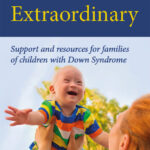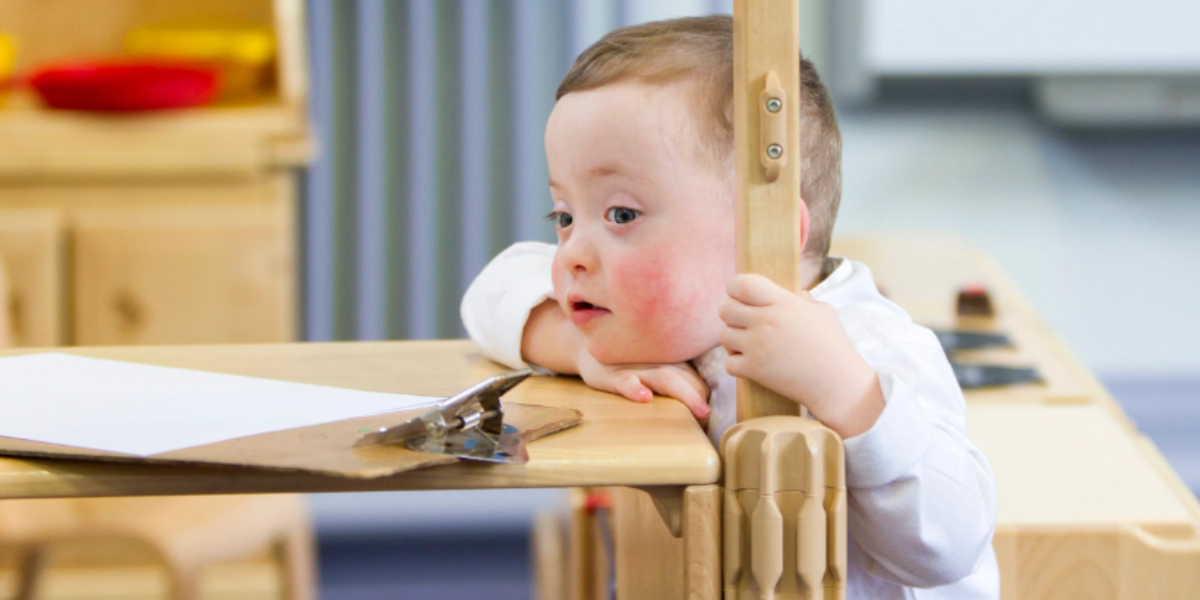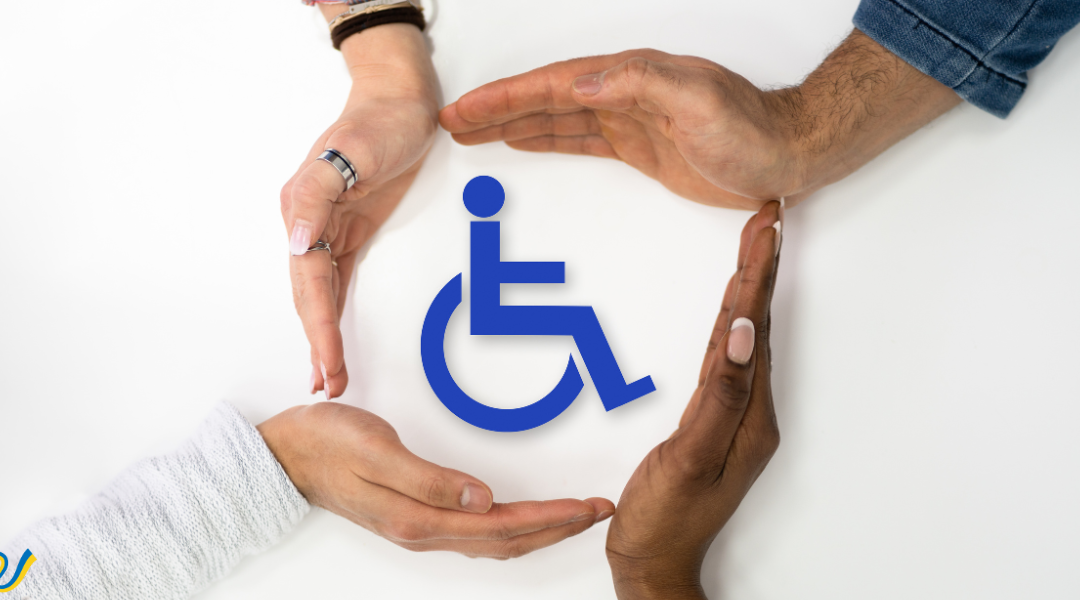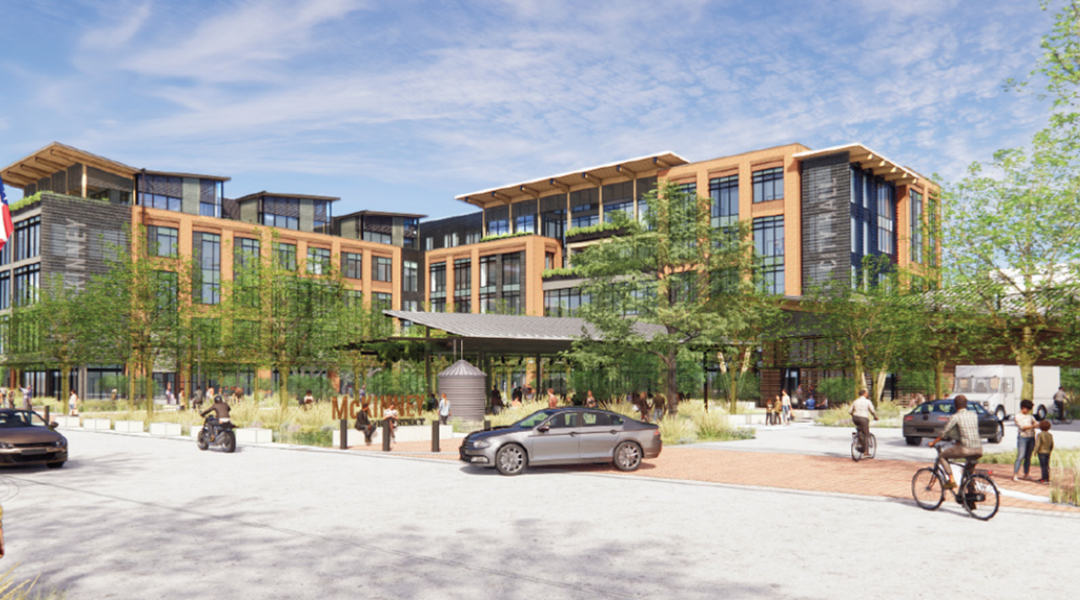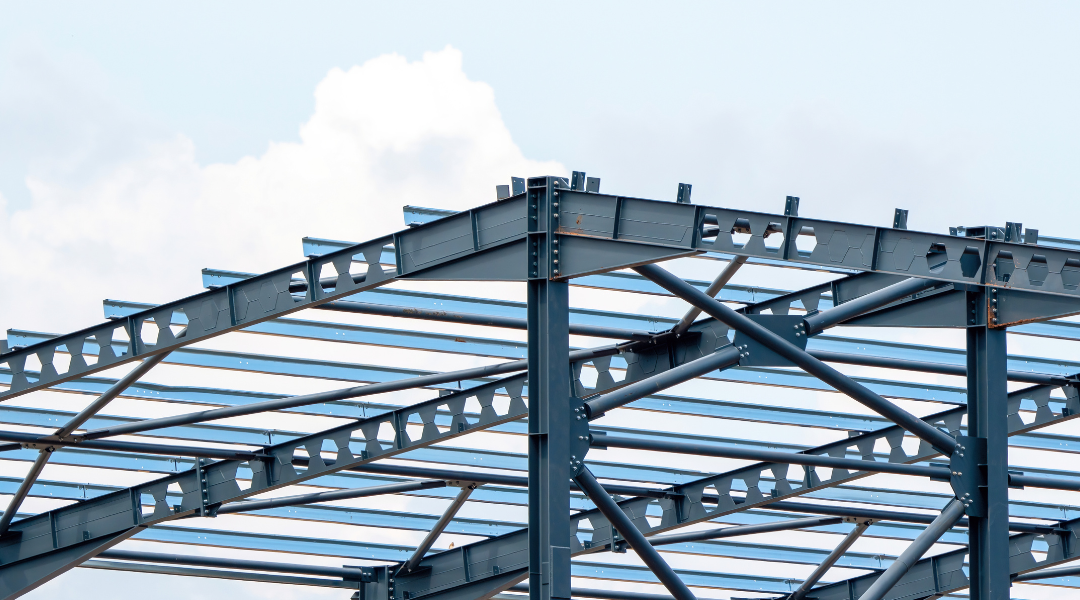A Look at the facial and physical characteristics associated with Down Syndrome.
Each person with Down Syndrome is an individual – with unique characteristics and traits. While Down Syndrome comes with some common physical characteristics it’s important to realize that individuals with Down Syndrome are more like the general population than different.
They have hopes, dreams, and desires. Like everyone else they want to be included, challenged, loved, and respected. They feel love and happiness, disappointment, hurt and sadness just like anyone else.
Individuals with Down Syndrome have intellectual and developmental disabilities (IDD), but the majority have only mild or moderate IDD. While some people with Down Syndrome have additional health and medical concerns, they are living longer, healthier lives and are thriving due to the increased medical care and continuing research.
Children and adults with Down Syndrome do have distinct facial and physical features. Although not all people with Down Syndrome have the same features, there are some common ones.
Facial Features:
- Flattened facial profile, especially the bridge of the nose.
- Almond-shaped eyes that slant upward.
- Smaller head.
- Small ears and mouth.
- Protruding tongue. This can be addressed with therapies.
- White spots on the colored part of the eye.
Other Physical Features:
- Short neck with excess skin at the back
- Hypotonia: Poor or low muscle tone.
- Short stature and shorter-than-average height
- Small hands and feet and short fingers
- Broad short hands with a single deep crease across the palm
- Excessive flexibility
Hypotonia, a decrease in the level of muscle tone, is one of the most common physical features for babies with Down Syndrome. It impacts individuals based on how severe it is and can cause various symptoms. It’s important to note that this doesn’t affect strength but rather stability.
Some common symptoms of hypotonia include:
- Delays in rolling over, standing, cruising, and walking.
- Nursing or feeding issues.
- Breathing difficulties.
- Delayed speech.
- Pronation or flat feet. This is typically treated with shoe inserts for stability.
- Walking with a wide stance.
- Poor reflexes.
These physical traits are usually present at birth, and some can become more pronounced as the child grows. Again, the degree of these features can vary among individuals with Down Syndrome. With physical, occupational, feeding, and speech therapies, babies with Down Syndrome can make great improvements in many of these areas.
“Celebrating the beauty, abilities, and contributions of individuals with Down Syndrome in our communities and around the world.” Linda A. Bonner
“Blessed with Extraordinary, Support and resources for families of children with Down Syndrome”, is a heartfelt guide to caring for children from birth to independent adulthood. Author, Linda Bonner, intertwines her personal experiences of raising her son, Kevin, beginning with her initial grief to embracing the joy of parenting her extraordinary child. With practical resources, empowering tools, and a lifelong roadmap she helps families forge a clear path to a life of opportunity and joy.
This international bestseller is available on Amazon and other retail outlets. You can also find more information at www.blessedwithextraordinary.com.
